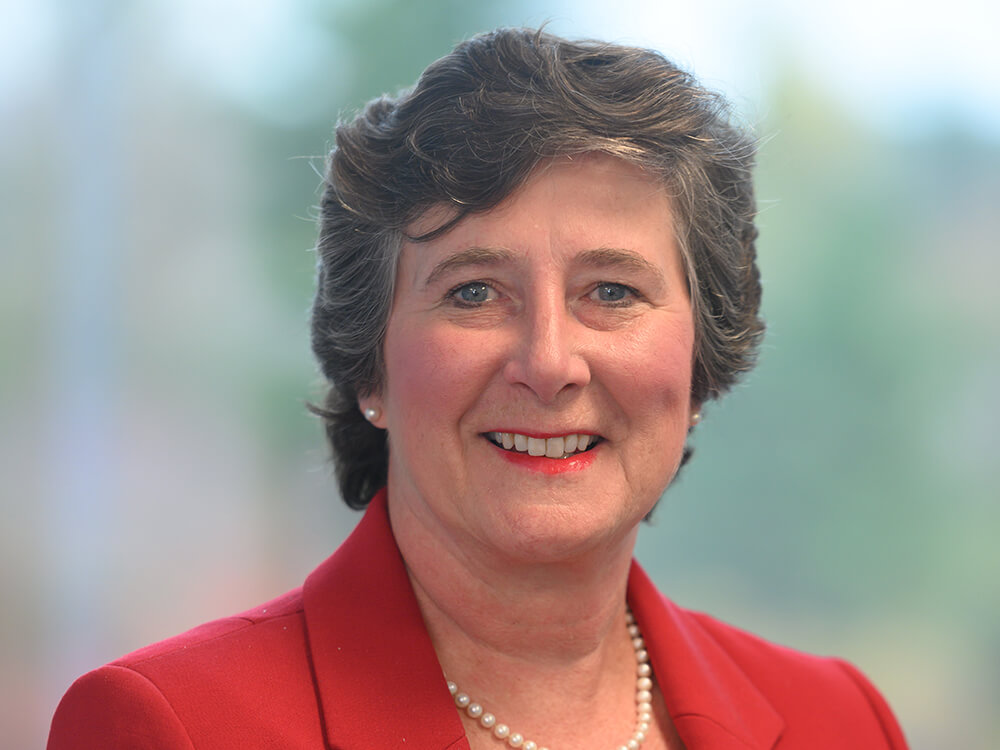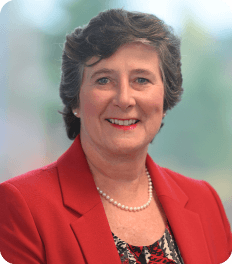Dear Colleagues:
AACP President-Elect Todd Sorensen began his address to the first session of the AACP House of Delegates in July with the following lines:

Dear Colleagues:
AACP President-Elect Todd Sorensen began his address to the first session of the AACP House of Delegates in July with the following lines:
It is the best of times, it is the worst of times. It is a day of tremendous opportunity, yet every day there is frustration or despair. It is a season where recognition of the good—and the harm—of medications for many stakeholders is as great as it has ever been. And, it is a season where pharmacists frequently feel undervalued, and they question the future of the profession.
Sorensen, now president, went on to outline an exciting and ambitious plan of activities for the year ahead that aims to propel academic pharmacy and AACP forward in the creation of new practice opportunities for pharmacists and especially our current learners. His bold aim is that by 2025, 50 percent of primary care medical practices will have integrated comprehensive medication management (CMM) services into their care model, and those services will be delivered by pharmacists.
Is this simply a pipedream? Can pharmacy practice change rapidly enough to not only help create, but also fill, these many new practice opportunities? Some say the profession hasn’t changed despite years of proclamations that pharmacists are ready to provide direct patient care as part of highly functional teams. After all, that is the basis for expanding pharmacists’ education to the clinical doctoral level of preparation.
This issue of Academic Pharmacy Now tells a different story; actually several of them. In the article on the expansion of pharmacists’ immunization practices, faculty from the University of Washington rightly point out that approximately 20 years ago virtually no pharmacists were administering immunizations. The state of Washington began a wave that ultimately swept the country such that today it is an expectation that graduates have the training and credentials to administer an expanding number of vaccines. I personally am amazed by the statistic that the majority of states now have no age limitations on immunization administration. The evidence is quite compelling. When pharmacists are empowered to provide this significant public health service, the net result is that more immunizations are provided and more people are protected from unnecessary disease and harm.
The University of Buffalo School of Pharmacy and Pharmaceutical Sciences faculty designed a transitions of care practice for some of the patients with the highest acuity—those being discharged from the cardiac care unit of the area hospital. P-4 students worked on approximately 1,200 cases, calling these patients within a few days of discharge to make sure they knew what medications to take, that they had them in their homes and that they understood how to recognize side effects and their management. The analysis of impact was dramatic. Not only did the students make a difference but they saved many patients the disruption of a readmission. That, in turn, saved the health system significant dollars. It is services like these, plus additional CMM services that are not yet available for all patients, that are priorities for expansion. It will take action and collaboration with key contributors both in and out of pharmacy to make it happen faster than practice change has historically occurred. AACP believes that you, our members, can be difference makers.
Sincerely,

![]()
Lucinda L. Maine, Ph.D., R.Ph.
CEO and Publisher